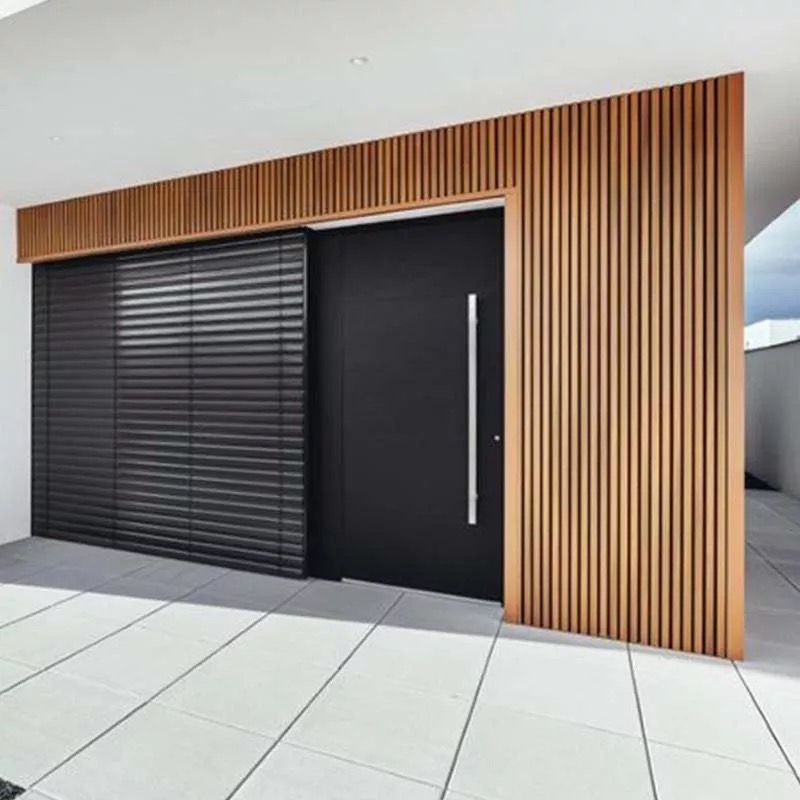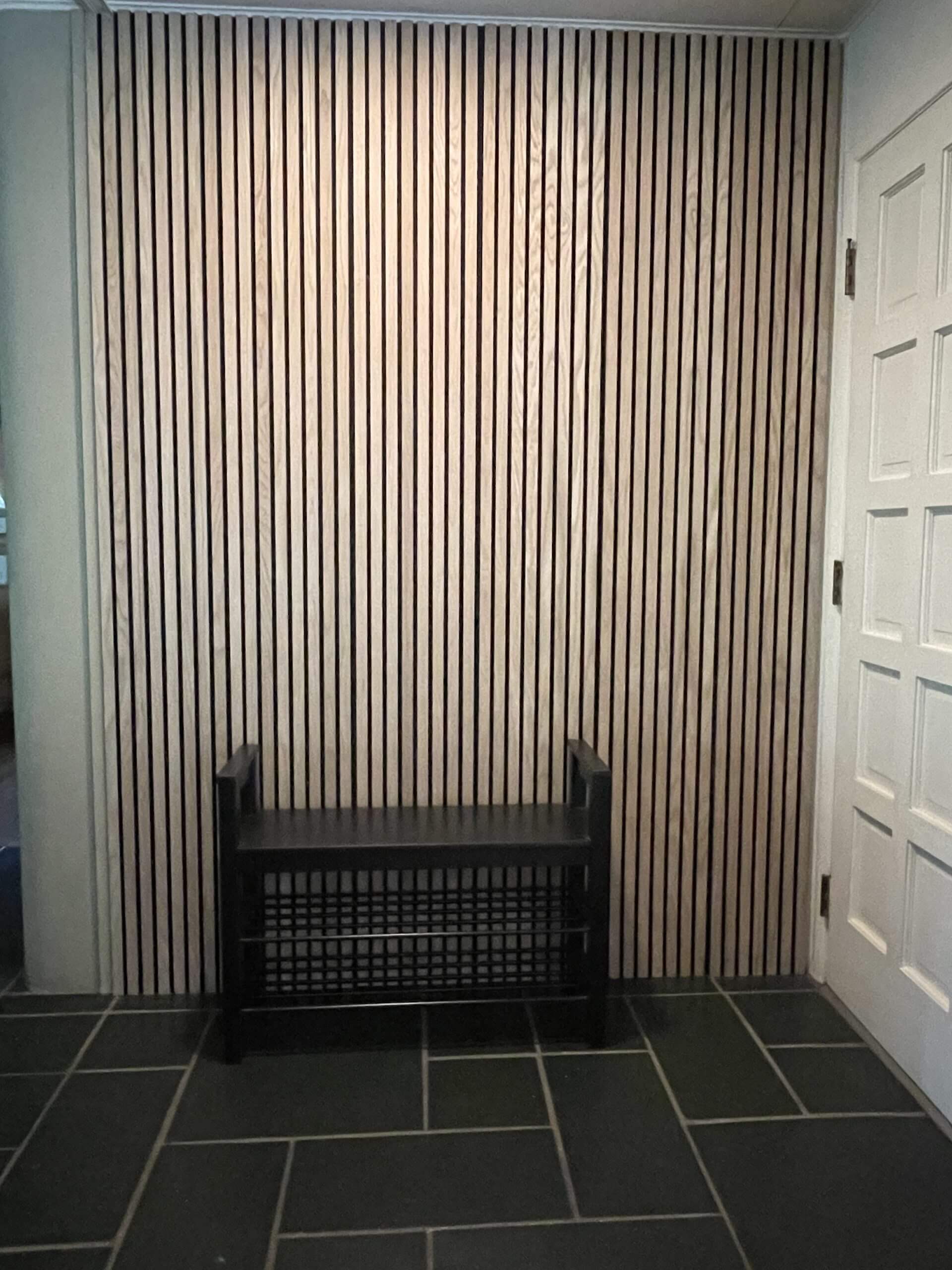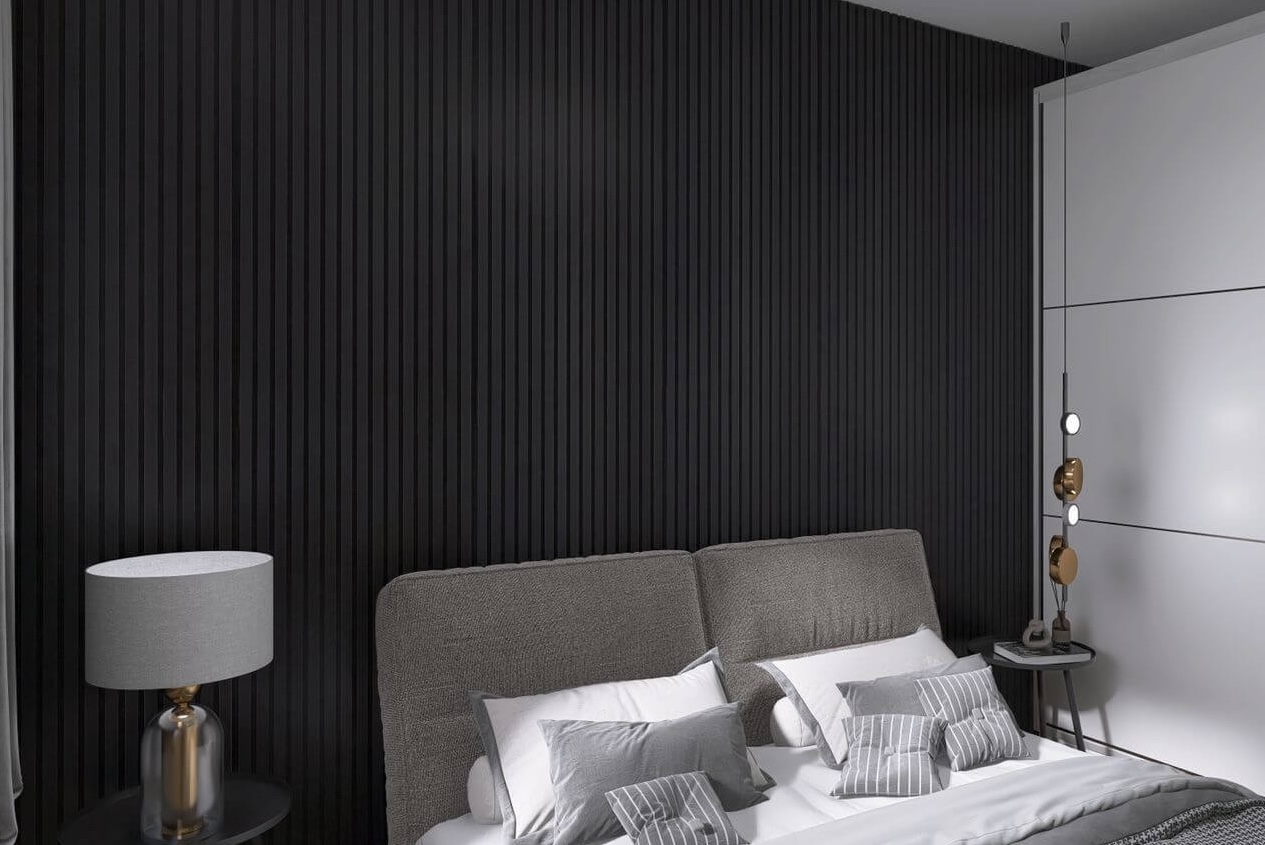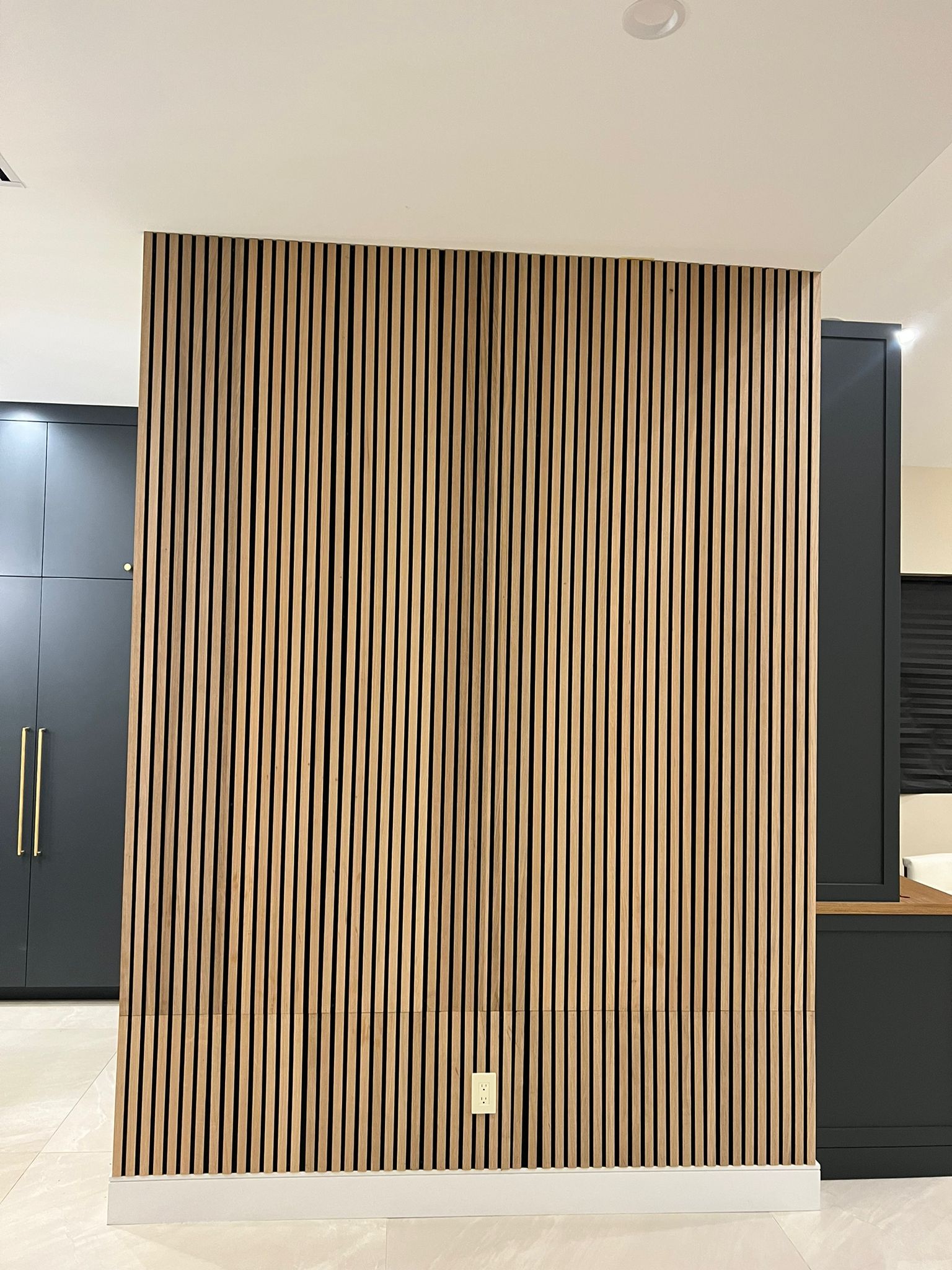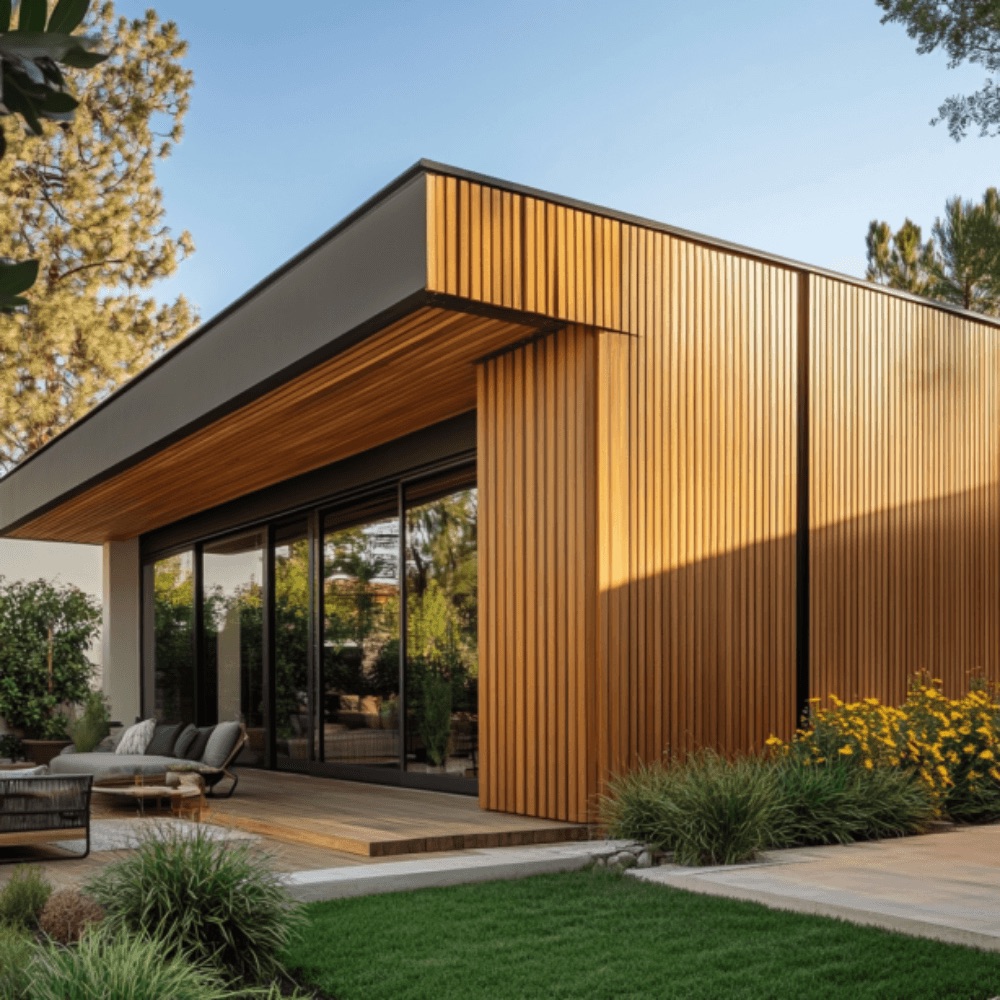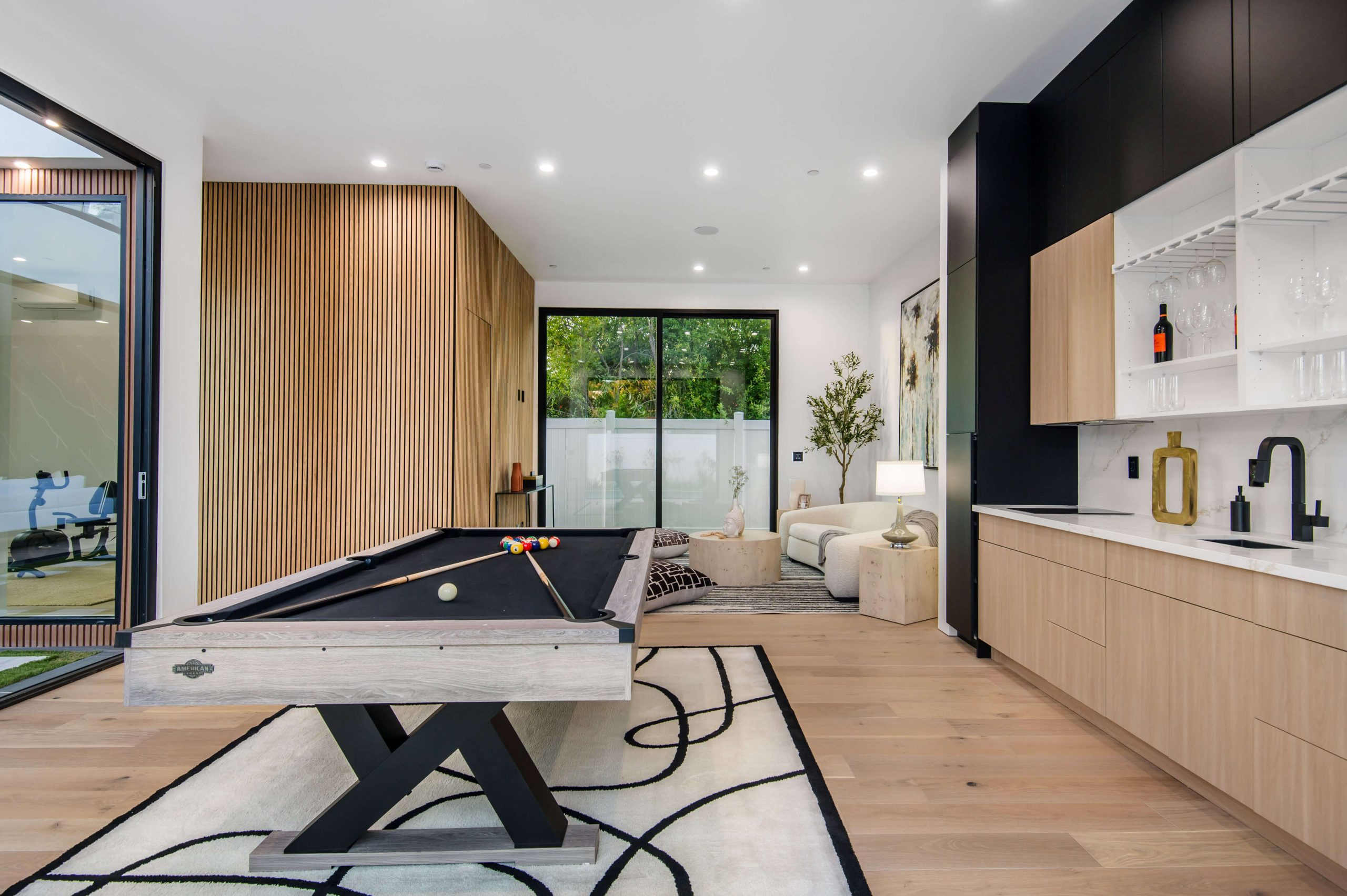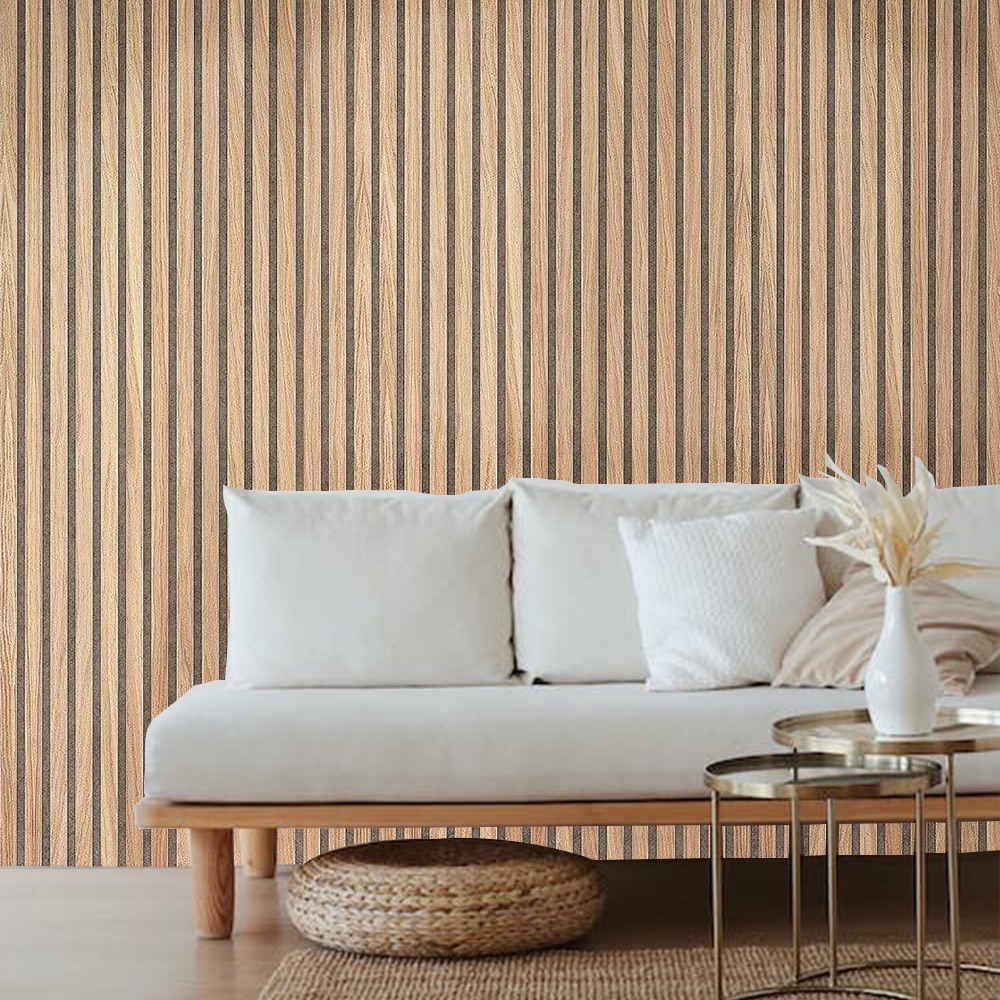Protecting your home’s exterior walls is essential for maintaining its structural integrity and aesthetic appeal. Over time, weather elements such as rain, wind, and sunlight can degrade the surface of exterior walls, leading to costly repairs. Choosing the right materials for covering and protecting exterior walls not only enhances the look of your home but also adds a layer of durability. Here’s a detailed look at some of the top materials you can use to protect exterior walls.
Wood Panels – A Natural Solution to Protect Exterior Walls
Wood panels are an excellent choice for those looking to protect exterior walls while adding natural beauty. Wood has been a traditional building material for centuries, and it’s prized for its aesthetic appeal and natural insulating properties.
Benefits of Wood Panels:
- Aesthetic Appeal: Wood panels add warmth and elegance to any structure. They are perfect for blending into natural surroundings.
- Durability: With proper maintenance, wood panels can last for decades, offering both protection and beauty.
- Insulation: Wood is a natural insulator, helping to maintain comfortable temperatures inside your home.
- Sustainability: Many wood panels, such as those from Wood Panel Wall USA, are made from sustainably sourced materials, ensuring an eco-friendly choice.
To protect exterior walls, wood panels can be treated with sealants or stains that enhance their resistance to water and UV damage.
Vinyl Siding – A Low-Maintenance Way to Protect Exterior Walls
Vinyl siding is one of the most popular materials used in residential buildings. It is particularly favored because of its affordability and low maintenance requirements. This material is highly effective at protecting exterior walls from moisture, insects, and harsh weather conditions.
Key Features of Vinyl Siding:
- Cost-Effective: Vinyl siding is generally less expensive than other exterior materials, making it an attractive option for budget-conscious homeowners.
- Durability: Vinyl can last for 20–40 years, depending on its quality and how well it is maintained.
- Low Maintenance: Unlike wood, vinyl siding doesn’t require frequent painting or staining. It’s easy to clean with just soap and water.
- Variety of Styles: Available in various colors and finishes, vinyl siding can mimic the look of wood, stone, or other high-end materials.
For those looking for a budget-friendly way to protect exterior walls, vinyl siding offers a practical solution with minimal upkeep.
Fiber Cement Siding – Long-Lasting Protection for Exterior Walls
Fiber cement siding is a modern, composite material that’s gaining popularity for its exceptional durability and ability to protect exterior walls. Made from a blend of cement, sand, and cellulose fibers, this material offers a perfect balance of beauty and strength.
Advantages of Fiber Cement Siding:
- Extreme Durability: Fiber cement siding is resistant to fire, termites, and extreme weather conditions, making it one of the most robust materials for exterior protection.
- Versatility: It can be made to look like wood, stucco, or masonry, allowing homeowners to achieve a wide variety of architectural styles.
- Low Maintenance: Like vinyl siding, fiber cement requires little maintenance. A simple wash once or twice a year keeps it looking fresh.
- Eco-Friendly: Many fiber cement products are made from recycled materials, adding an environmentally responsible aspect to their durability.
To protect exterior walls, fiber cement is an excellent long-term investment, offering decades of protection without the need for frequent repairs or replacements.
Brick Veneer – Classic Protection for Exterior Walls
Brick veneer offers the traditional, timeless look of brick without the weight and cost associated with full brick construction. This material is applied as a veneer over other structural materials, providing both style and protection to your home’s exterior.
Benefits of Brick Veneer:
- Aesthetic Appeal: Brick has a classic, enduring appearance that adds value to any home. It’s perfect for those seeking a traditional or rustic look.
- Durability: Brick veneer provides excellent protection from wind, rain, and other weather elements. It’s also fire-resistant.
- Energy Efficiency: Brick acts as a thermal mass, absorbing heat during the day and releasing it at night, contributing to energy efficiency.
- Maintenance: Unlike wood, brick veneer doesn’t need painting or sealing, making it a low-maintenance option.
Using brick veneer to protect exterior walls not only enhances your home’s curb appeal but also ensures long-lasting protection against the elements.
Stucco – A Stylish and Durable Way to Protect Exterior Walls
Stucco has been a popular exterior material for centuries, particularly in regions with hot, dry climates. It’s a durable, weather-resistant material made from a combination of cement, sand, and water, applied in multiple layers.
Advantages of Stucco:
- Weather Resistance: Stucco is highly resistant to rain, wind, and UV rays, making it an excellent choice for regions with extreme weather conditions.
- Energy Efficiency: Stucco has insulating properties, helping to regulate indoor temperatures and reduce energy costs.
- Aesthetic Flexibility: Stucco can be tinted in a variety of colors and finishes, allowing homeowners to customize the look of their exterior walls.
- Low Maintenance: Once applied, stucco requires minimal maintenance. Occasional cleaning and patching of small cracks are all that’s needed to keep it in good condition.
Stucco offers a unique combination of style and durability, making it an ideal choice for those looking to protect exterior walls while achieving a distinctive, textured finish.
FAQs
-
What is the most durable material to protect exterior walls?
Fiber cement siding is one of the most durable options due to its resistance to fire, termites, and harsh weather.
-
How often should wood panels be treated for exterior use?
Wood panels should be treated with a sealant every 2–3 years to maintain their resistance to water and UV damage.
-
Can vinyl siding be painted?
Yes, but it’s not commonly recommended. Vinyl siding is available in a wide variety of colors, and painting may void warranties.
-
What is the cost of brick veneer compared to full brick construction?
Brick veneer is generally more affordable than full brick construction because it requires fewer materials and less labor.
-
Is stucco suitable for cold climates?
Stucco can be used in colder climates, but it’s essential to apply proper insulation underneath to prevent cracking from freeze-thaw cycles.
By carefully selecting the right materials to cover and protect exterior walls, you can enhance the durability, energy efficiency, and aesthetic appeal of your home. Whether you prefer the natural beauty of wood panels or the low-maintenance appeal of vinyl siding, each material offers unique benefits suited to different climates and architectural styles.

